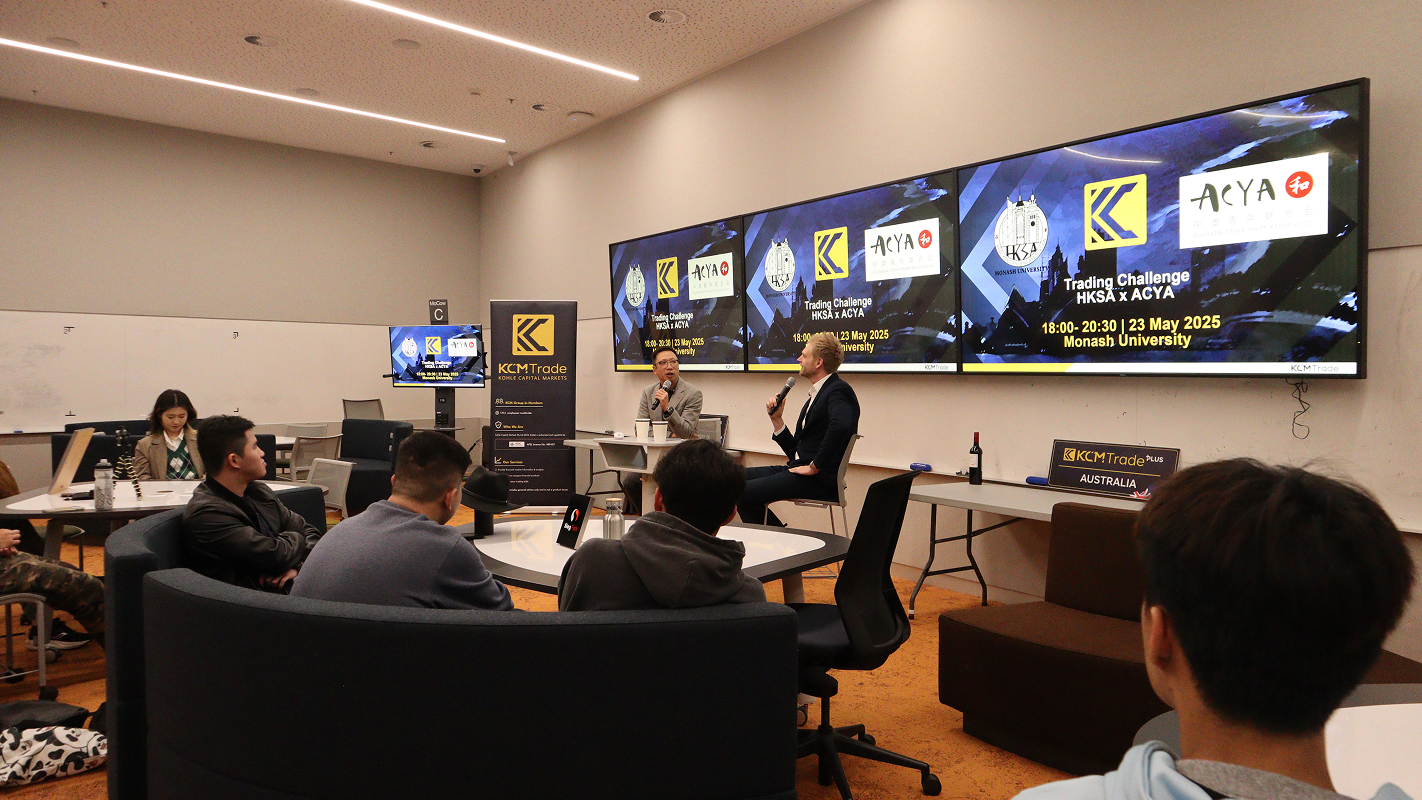The Impact of Market Conditions on Prop Trading

Understanding how volatility, liquidity, and global events shape performance and strategy.
Introduction
In the world of proprietary (prop) trading, market conditions define everything—from opportunity size to risk exposure. While trading skill and discipline are core to success, external factors such as volatility, liquidity, and macroeconomic sentiment heavily influence outcomes. For SiegCertified™ traders, understanding how to navigate shifting market conditions is essential to sustaining performance and managing real capital responsibly.
What Are Market Conditions?
Market conditions refer to the overall environment in which financial assets are traded. They encompass price trends, volatility levels, economic indicators, and investor sentiment. These elements change continuously and dictate how easily trades can be executed, how prices move, and how strategies perform.
For prop traders, these shifts can be both a source of risk and reward. Recognising when the market is trending, consolidating, or reacting to news events allows traders to adjust their approach accordingly.
Volatile vs. Stable Markets
Volatility is a double-edged sword in prop trading.
- High volatility creates more trading opportunities but also increases the risk of large drawdowns. Traders focusing on breakout or momentum strategies often thrive during such conditions.
- Low volatility, on the other hand, demands patience and precision. Range-bound or mean-reversion strategies tend to perform better in calmer markets.
SiegPath’s evaluation programs are designed to assess a trader’s ability to adapt under both extremes—rewarding those who can remain disciplined regardless of market tempo.
Liquidity and Execution Efficiency
Liquidity—how easily assets can be bought or sold without major price changes—plays a major role in prop trading outcomes. In highly liquid markets (such as major forex pairs or leading stock indices), spreads are tighter and slippage is minimal. During low-liquidity periods, however, execution becomes more challenging, and risk management must be more conservative.
SiegPath’s proprietary infrastructure and partner brokers ensure stable order execution and transparency, helping traders perform efficiently even in less favourable liquidity environments.
Economic Events and Market Sentiment
Macroeconomic events—interest rate decisions, inflation data, or geopolitical developments—often reshape the trading landscape overnight.
- Central bank policy shifts can alter market trends and volatility levels.
- Economic data releases can trigger short-term spikes in volume and price movements.
- Unexpected global events (such as conflicts or pandemics) can transform safe-haven assets like gold and the USD into key focal points.
Professional prop traders don’t avoid these conditions—they prepare for them. SiegPath’s built-in economic calendar, enables traders to anticipate high-impact events and integrate them into their trading plan.
Psychological Impact of Market Conditions
Changing market conditions also affect trader psychology. Rapid drawdowns or missed opportunities can challenge emotional control, leading to impulsive decisions. Maintaining composure under stress separates professionals from amateurs.
At SiegPath, trading evaluations and coaching resources encourage traders to strengthen mental resilience—transforming volatility from a source of anxiety into a catalyst for growth.
The Role of Technology in Navigating Market Conditions
Modern prop trading relies heavily on technology and data analytics. SiegAI™, SiegPath’s intelligent assistant, leverages machine learning and behavioural insights to help traders identify market patterns and optimise decision-making. By analysing real-time data and historical performance, traders can gain deeper insight into how specific conditions affect their strategy’s success rate.
How SiegPath Supports Traders in All Conditions
SiegPath empowers traders through:
- Dynamic evaluations that simulate real-market environments.
- Risk management frameworks that prioritise capital preservation.
- Continuous learning via SiegAcademy™ to build adaptive trading skills.
- Transparent performance tracking, enabling traders to analyse how their strategies perform under different conditions.
By combining education, technology, and real-world practice, SiegPath ensures its traders are ready to thrive regardless of whether markets are calm, choppy, or unpredictable.
Conclusion
Market conditions are the ever-shifting backdrop of prop trading. Understanding how they influence price action, execution, and trader psychology is key to long-term success. While traders cannot control volatility or liquidity, they can control how they respond to them. SiegPath continues to pave the path for professional trading by equipping traders with the tools, insights, and resilience needed to navigate every phase of the market cycle.












